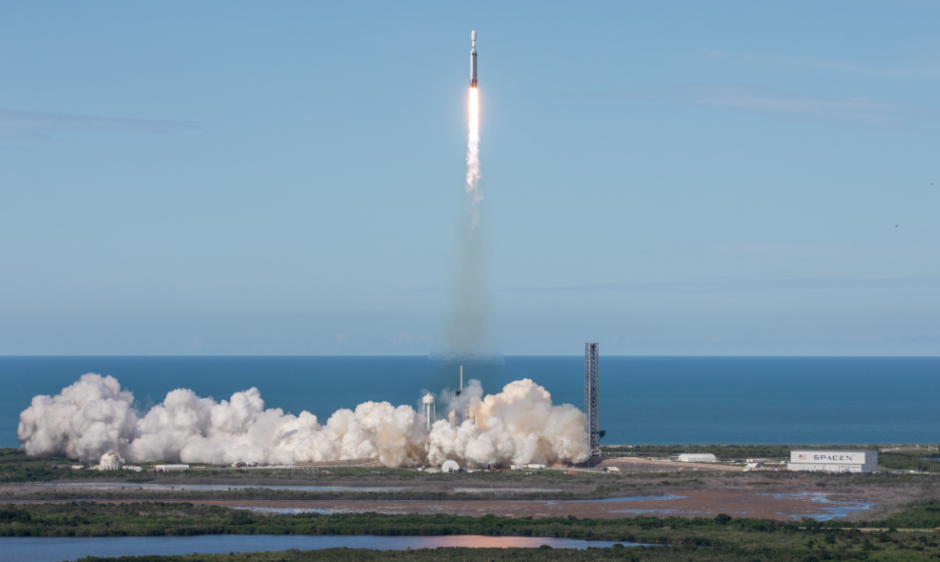
GOES-U, which will be renamed GOES-19 once in orbit, successfully launched from Florida on June 25. It's carrying a new instrument—the nation’s first operational coronagraph.
GOES-U will accommodate the NOAA Space Weather Follow On (SWFO) program’s Compact Coronagraph-1 (CCOR-1), which will reside on the satellite’s Sun-Pointing Platform, along with the Solar Ultraviolet Imager (SUVI) and Extreme Ultraviolet and X-ray Irradiance Sensors (EXIS). As part of NOAA’s Space Weather Follow On program, CCOR-1 was developed at the Naval Research Laboratory and is a collaboration between the Office of Space Weather Observations (SWO) and the Office of Geostationary Observations (GEO) within NOAA's National Environmental Satellite, Data, and Information Service (NESDIS).
For more information, please see this overview and video.